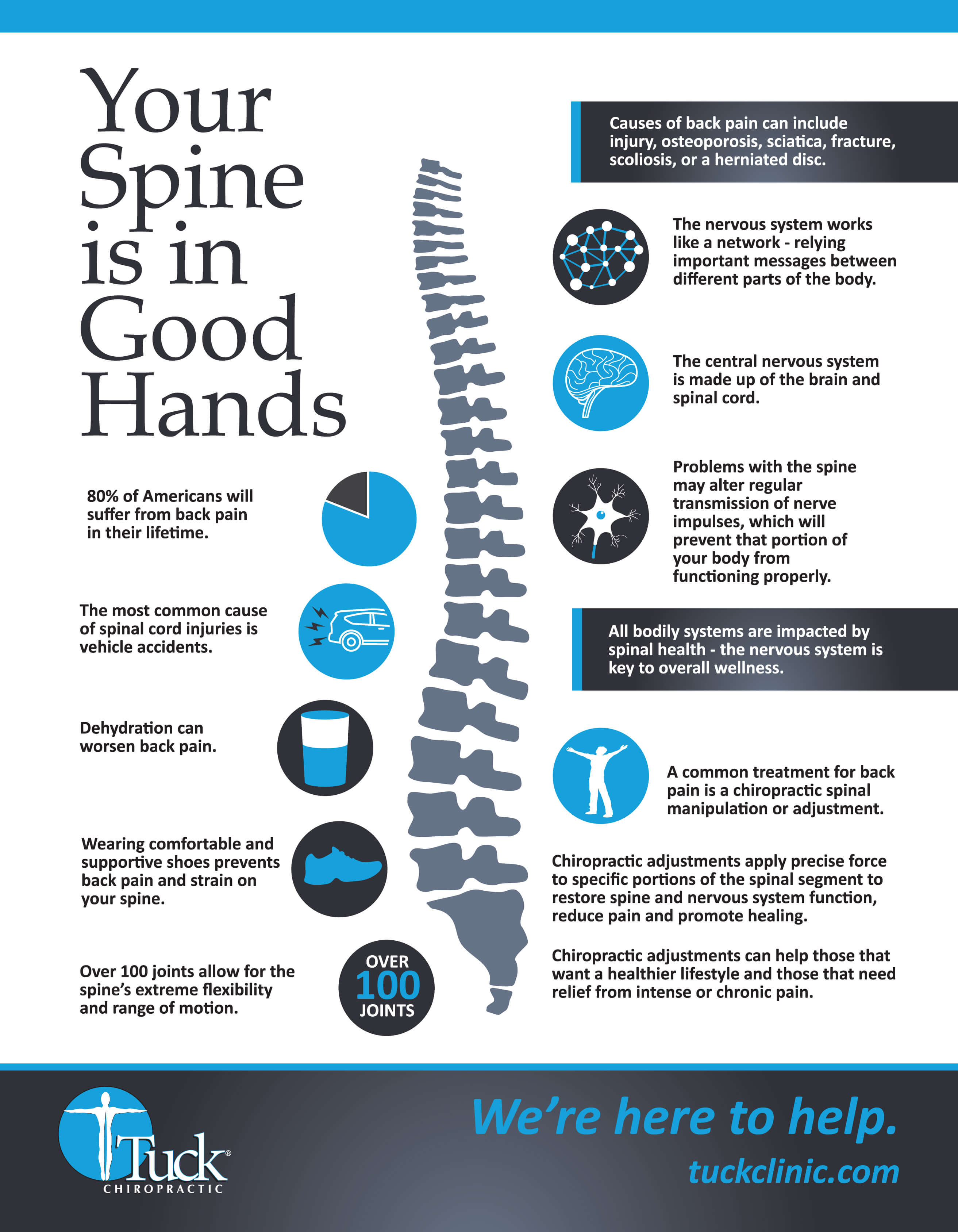Why Does Soft Tissue Treatment Pain? Recognizing The Refine
Why Does Soft Tissue Treatment Pain? Recognizing The Refine
Blog Article
Authored By-Carstens Yildiz
When you undergo soft Tissue therapy, you might discover it surprisingly uneasy. This discomfort occurs as stress is related to strained muscles and broken tissues, causing your discomfort receptors. While it can feel distressing in the moment, there's a reason behind this sensation. Comprehending what takes place in your body during these treatments can aid you value the procedure. So, exactly what is going on beneath the surface?
The Physiology of Discomfort Throughout Soft Tissue Treatment
When you go through soft Tissue therapy, your body's response to pain is an intricate interplay of physical procedures. As the specialist applies stress, your body triggers discomfort receptors, sending out signals to your mind. This sets off the launch of natural chemicals, such as substance P and glutamate, which magnify the experience of pain.
Your muscles might also tense up in response, further complicating the experience. Additionally, your body may release endorphins, all-natural medicines that can help ease some discomfort.
The interaction between these processes can produce an unique experience for each and every person. Comprehending this physiological feedback assists you browse the sensations throughout therapy, enabling you to appreciate the equilibrium in between pain and the possibility for healing benefits.
The Duty of Discomfort in the Recovery Process
Although pain throughout soft Tissue therapy can feel frustrating, it plays a crucial function in the recovery procedure. When you experience discomfort, your body is indicating that it's working to fix broken cells. This action aids boost blood circulation to the damaged location, supplying vital nutrients and oxygen required for healing.
Furthermore, pain can promote the launch of endorphins, your body's natural pain relievers, developing a feeling of relief post-treatment. Welcoming this discomfort can aid you recognize your body's limits and urge you to address underlying problems.
While it's uncomfortable now, this process is crucial for long-lasting healing and boosted function. Acknowledging discomfort as a vital part of recovery can encourage you to remain dedicated to your therapy.
Tips for Taking Care Of Discomfort During and After Treatment
Handling pain throughout and after soft Tissue therapy can substantially boost your total experience and healing.
To start, communicate openly with your therapist regarding your discomfort levels; they can readjust strategies as necessary. Using deep breathing techniques can additionally assist you kick back and reduce discomfort.
Consider using massage st paul to the cured area post-session to minimize inflammation and numb soreness. Remaining moisturized https://www.google.com/maps/place/Return+to+Play+Institute,+LLC+(Miami)/@25.726017,-80.26406,17z/data=!3m1!4b1!4m6!3m5!1s0x88d9b7b4207e8303:0xb1493a6e0d5a272b!8m2!3d25.726017!4d-80.26406!16s%2Fg%2F11lf8185yp?hl=en&entry=ttu&g_ep=EgoyMDI0MTAwOS4wIKXMDSoASAFQAw%3D%3D in the recovery process, so drink lots of water.
Gentle extending and light movement after therapy can promote blood circulation and convenience rigidity. Lastly, ensure you obtain appropriate rest to enable your body to heal.
Implementing these tips can make your soft Tissue treatment more manageable and enjoyable.
Verdict
To conclude, while soft Tissue treatment can be awkward, it's vital to recognize that this discomfort plays a crucial role in your healing journey. By comprehending the physiological reactions at play, you can come close to the treatment with an extra favorable frame of mind. Bear in mind, the initial pain commonly gives way to alleviation as your body releases endorphins. Embrace the procedure, and do not wait to make use of the tips for taking care of pain to improve your experience and recovery.
